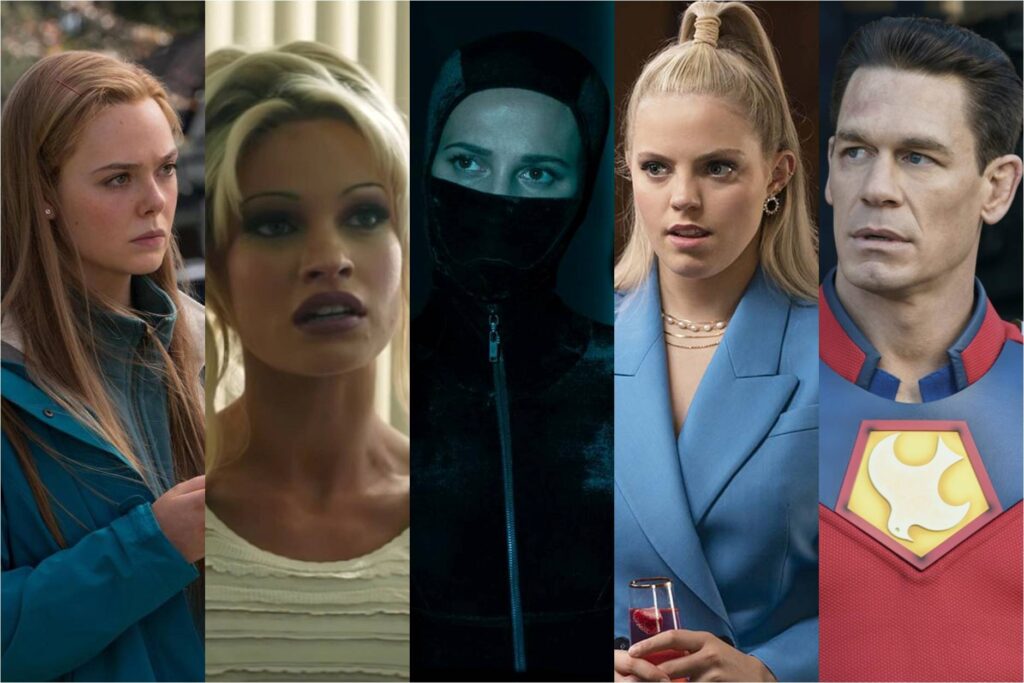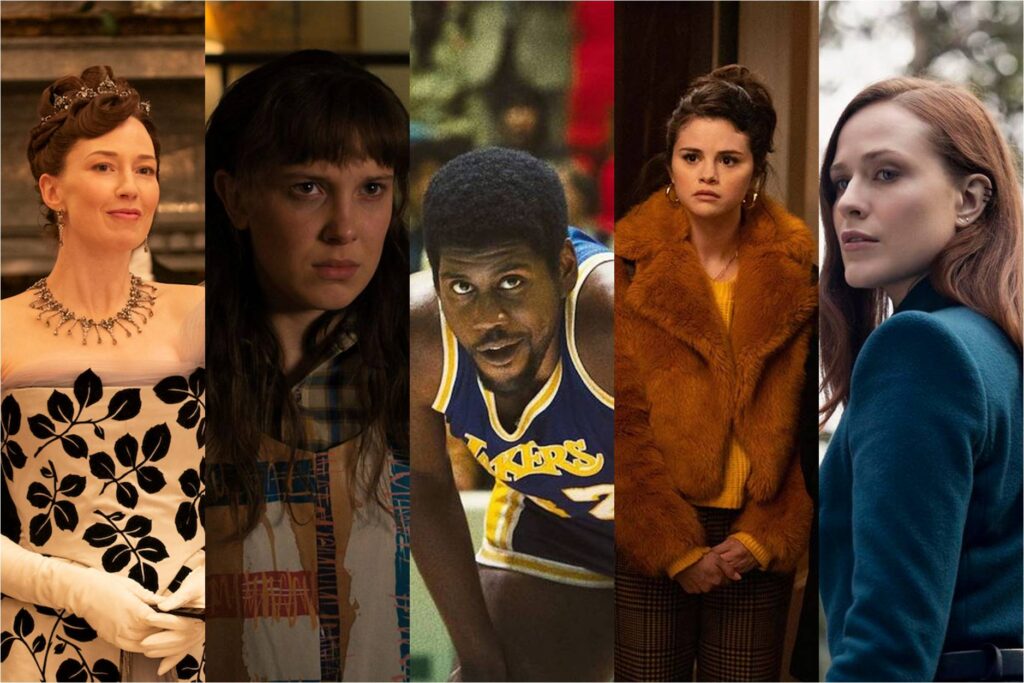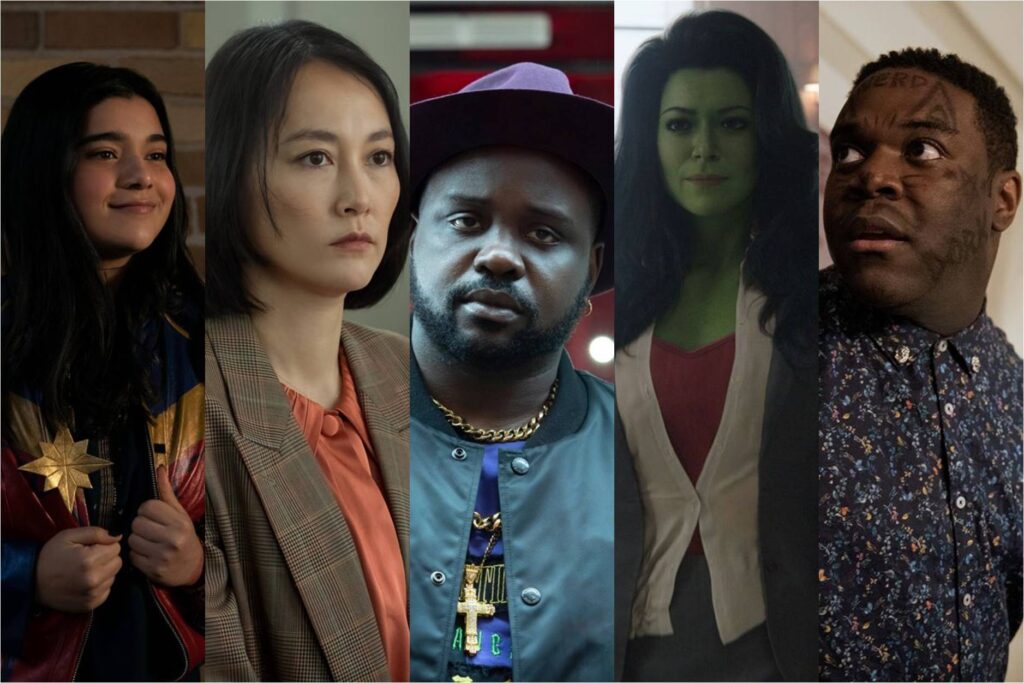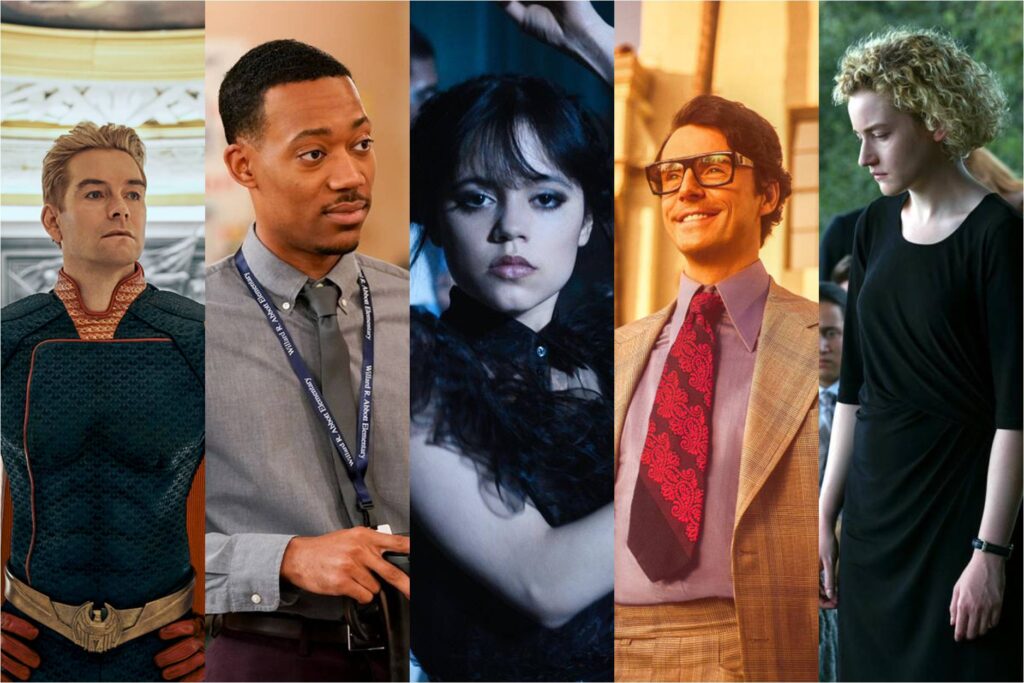Ranking Every TV Show of 2022: #s 20-11
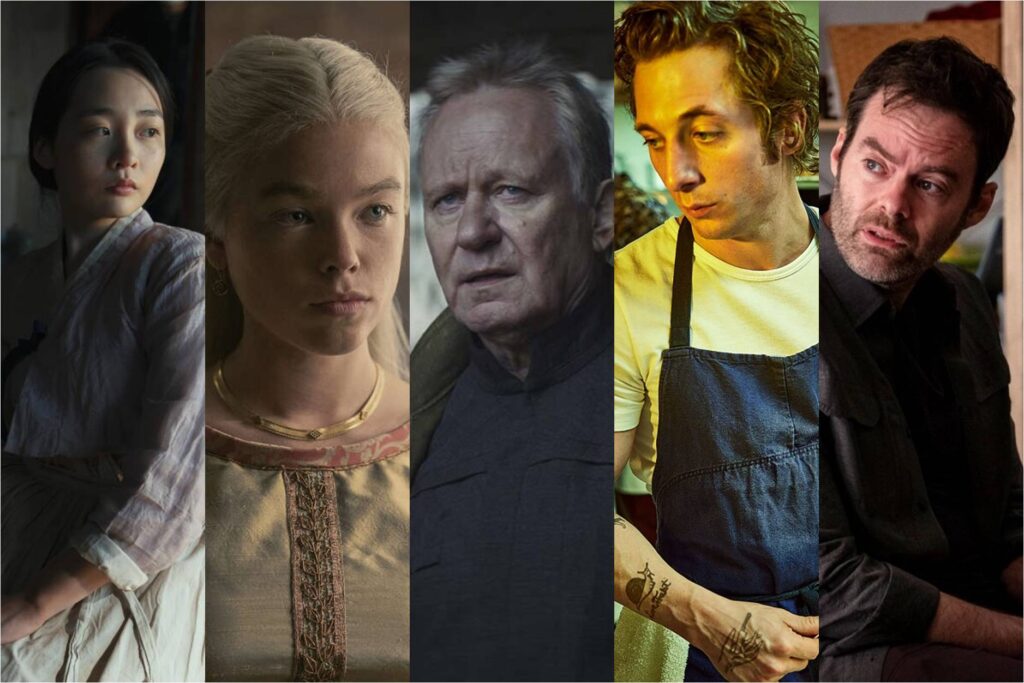
Entering the home stretch, we’re nearly finished with our rankings of every TV show of 2022. For prior installments, check out the following links:
#s 110-96
#s 95-81
#s 80-61
#s 60-41
#s 40-31
#s 30-21
20. The Handmaid’s Tale (Hulu, Season 5; last year: 12 of 108). Here’s a philosophical conundrum: What if a once-great TV show stayed great and nobody noticed? It’s fair to accuse the fifth season of The Handmaid’s Tale of creative stasis, at least in stretches; there are only so many ways for Elisabeth Moss to gaze intently at the camera in prolonged close-up. But even if the series stops short of fully reinventing itself, it nevertheless continues to reshape its thorny dystopia in provocative ways. Moss brings her “A” game every episode, the visuals still possess their haunting amber glow, and Bradley Whitford has turned an archetype into one of the most weirdly complex villains on TV. “Do you have an irony deficiency?” he deadpans at one point. But The Handmaid’s Tale doesn’t lack for much—not black humor, not unpredictability, and not spellbinding shots of Moss staring into your soul. Read More

